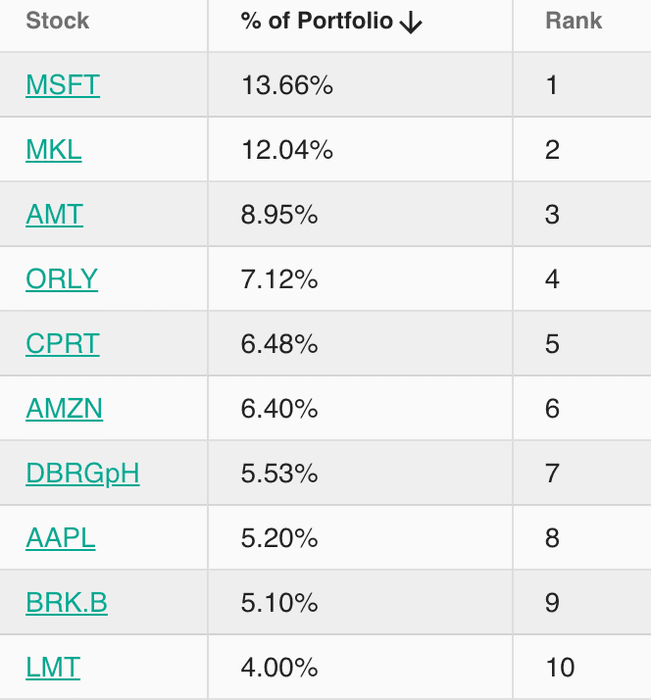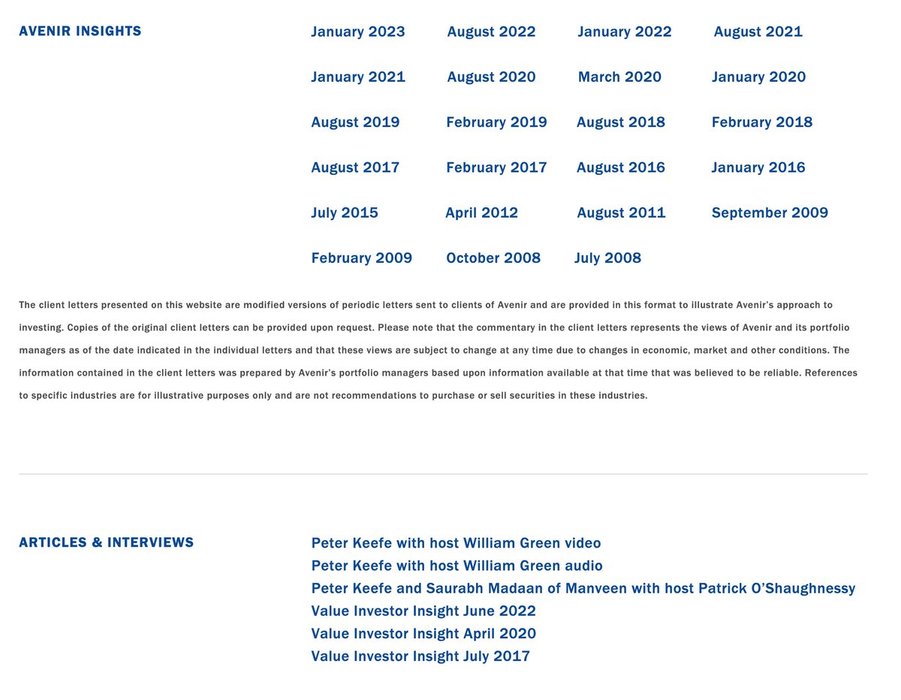Sublime
An inspiration engine for ideas
Ridgeline was closed a large part of the time to new investors, and current partners were often restricted from adding capital. To maintain higher returns, we sometimes even reduced our size by returning capital to partners.
Edward O. Thorp • A Man for All Markets


this latter variable is a significant force in influencing the economics of the firm, its organizational structure, and its positioning in the client and people markets.
David H. Maister • Managing The Professional Service Firm

Shiller made his mark with his 1981 paper on the volatility of markets, where he determined that if a stock price is the estimated value of “something” (say the discounted cash flows from a corporation), then market prices are way too volatile in relation to tangible manifestations of that “something” (he used dividends as proxy).
Nassim Nicholas Taleb • Incerto 4-Book Bundle
Tail risk hedging
Juan Orbea • 2 cards
Portfolio Optimization for Binary Options Based on Relative Entropy
pmc.ncbi.nlm.nih.gov
